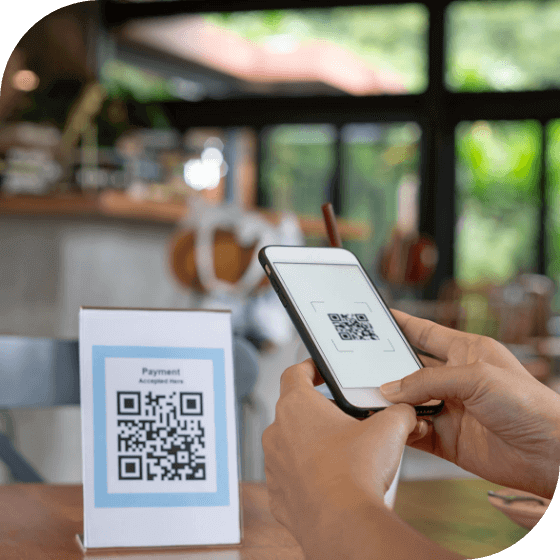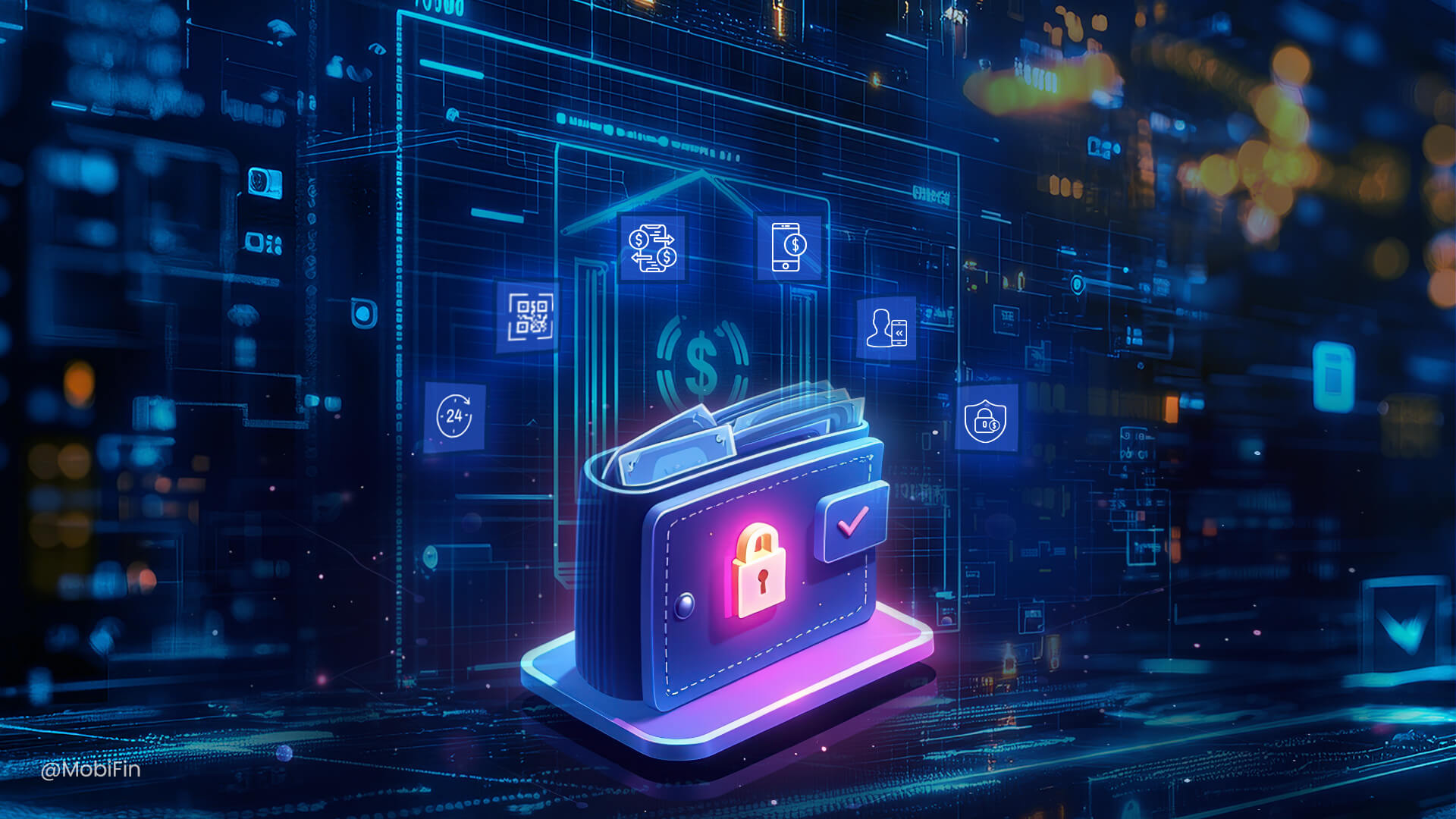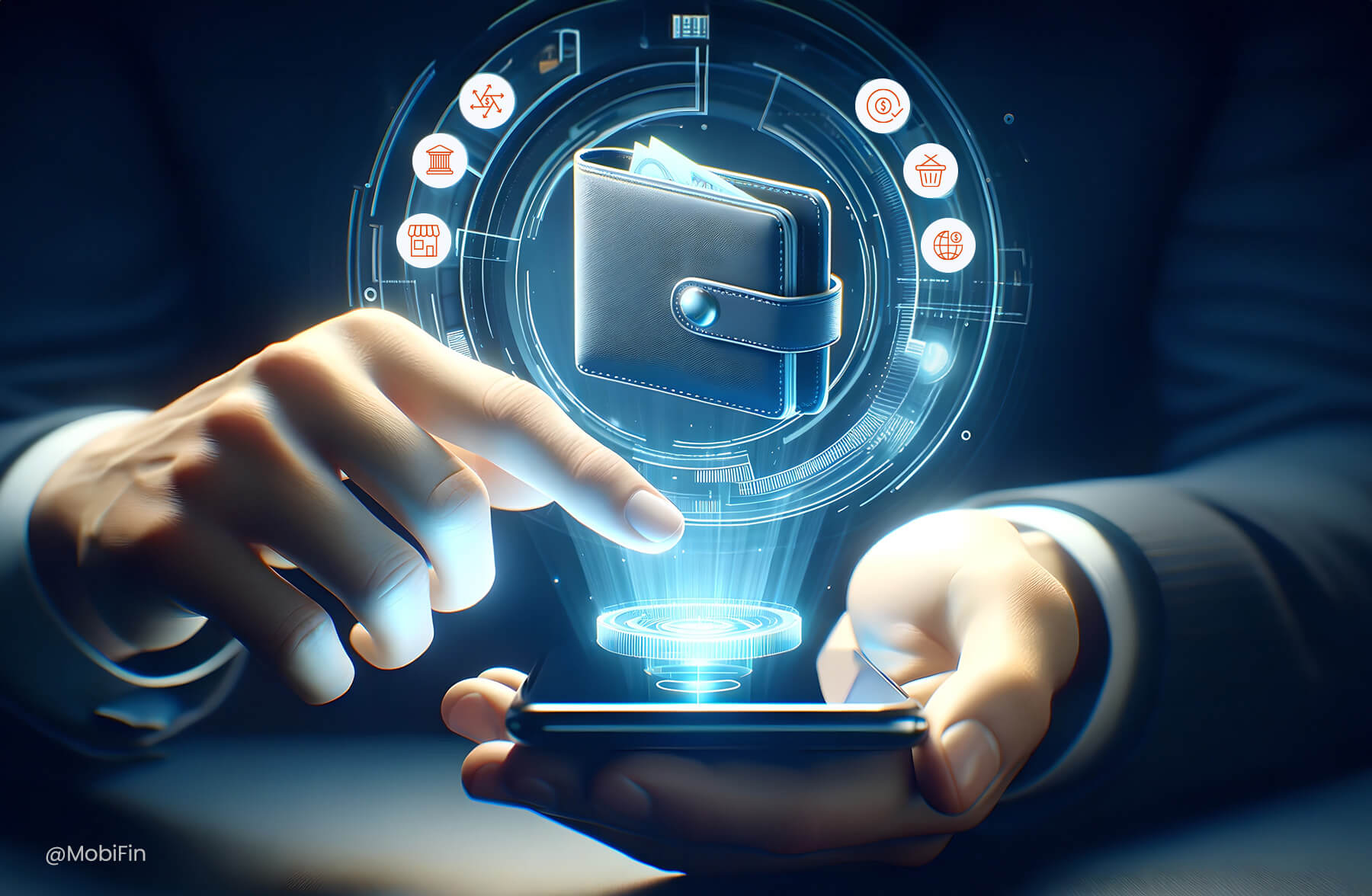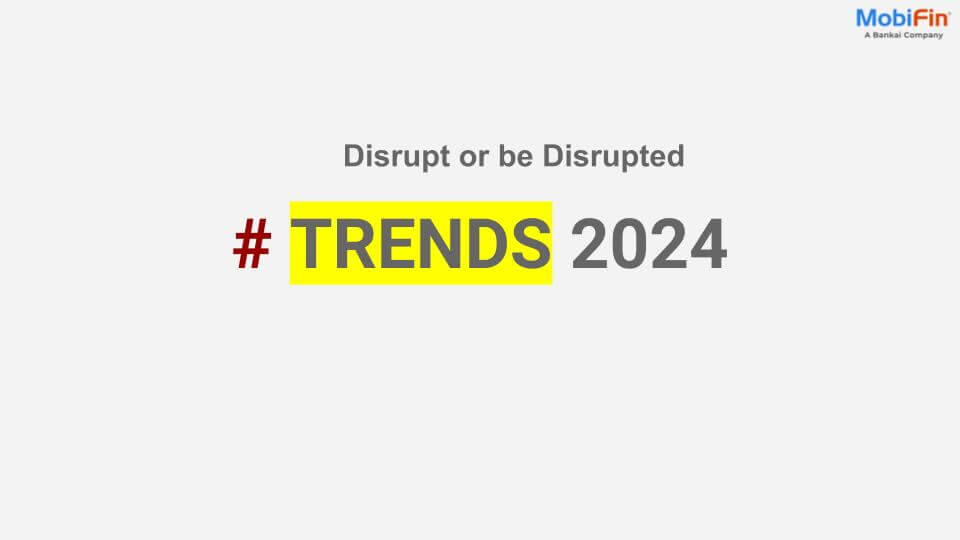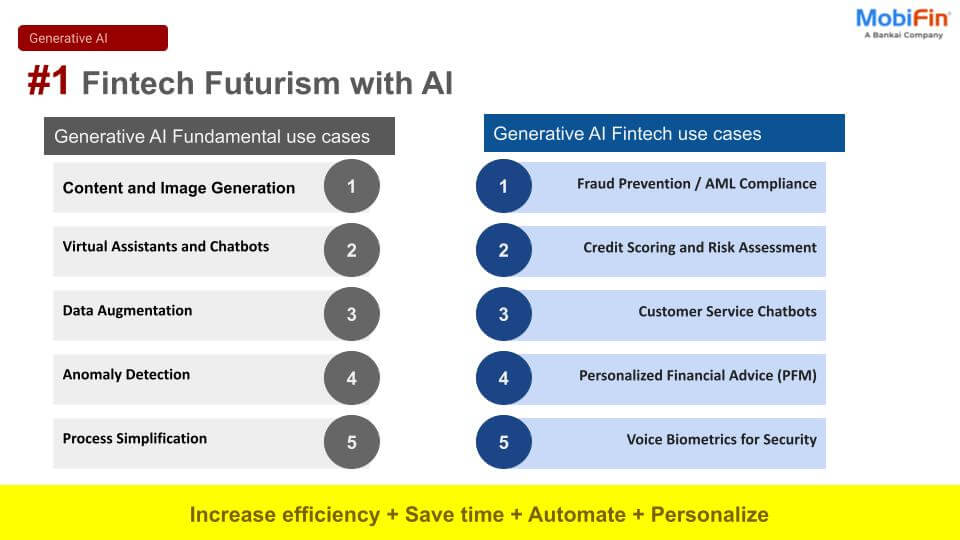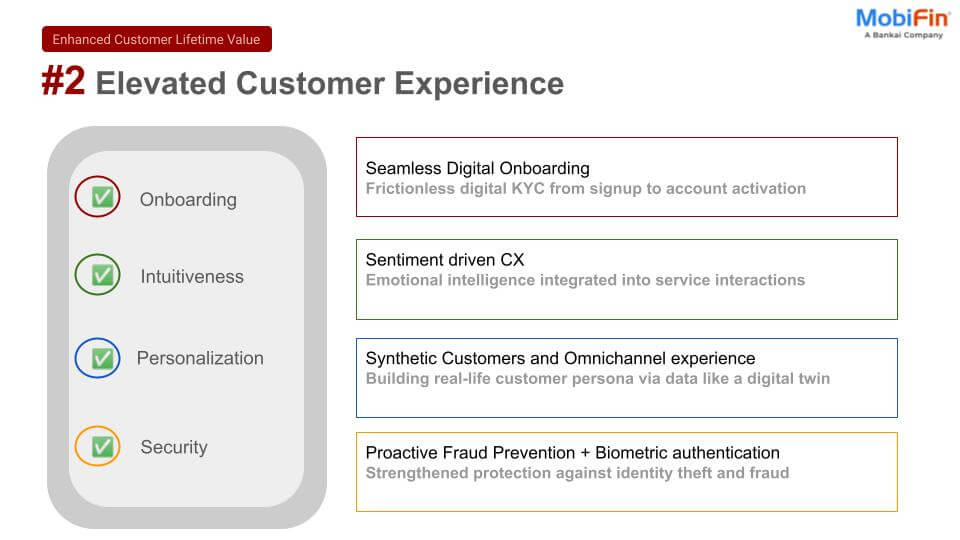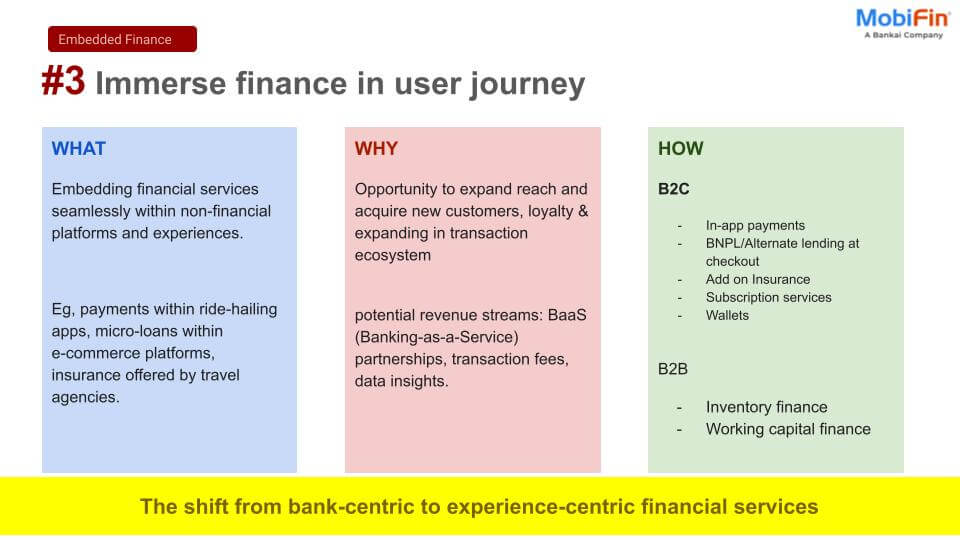The global mobile wallet market size is to be expected to reach $51.53 bn by 2030, basis the report by Grand View Research Inc. Read more about Mobile Payments Today and Tomorrow.
Covid 19 has had a huge impact on the rise of this number as people were looking for ways to minimize physical contact and reduce the risk of spreading the virus. Contactless payments can be made quickly and easily without the need for customers to touch shared surfaces.
NFC and QR are two of the major technologies behind running this giant show and making it possible. Below we will touch base on each technology, their adoption across the globe, and their strengths and weaknesses.
Introducing First, the NFC
NFC (Near field communication) is no longer an alien technology since it was launched in the market in 2008. It runs on the principle of electromagnetic induction, where power is transmitted between two devices through an antenna when they are close to each other to exchange data.
Since its inception, NFC has come a long way when it comes to its usage in different industries and applications, that is basically from Data transfer (Photo, videos, etc.) between compatible mobiles, public transportation systems, or events to get entry and exits, to the latest trends such as unlocking cars remotely with Apples latest digital keys, charge wireless earbuds or even to build Smart home automation.
The Payments Industry is leveraging this technology to make contactless payments work. Users can tap their mobile devices or payment cards on a compatible terminal to make a payment quickly and easily.
Some Positives and Negatives
The convenience of making a payment is a big positive for NFC. With just a tap or wave of a mobile device, payments can be made quickly and efficiently without the need for physical contact or cumbersome payment processes.
Security is another benefit of NFC, as encryption and tokenization technologies protect sensitive information, and authentication requirements add an extra layer of security.
NFC-based payments require NFC-enabled mobile devices and terminals, which can be cost-consuming to acquire and maintain. This may pose challenges for smaller merchants or regions with limited infrastructure, and some users may be reluctant to be unfamiliar with the technology. However, as NFC technology becomes more affordable and demand for contactless payments grows, these barriers are likely to become less significant.
NFC payment technology is more commonly used in developed nations compared to developing nations due to its reliance on well-established infrastructure.
Juniper Research’s latest forecast projects that the United States leads the world in NFC mobile payments by volume, with 4.4 billion NFC mobile payments in 2022 and an anticipated increase to 8.3 billion by 2027.
What the Future Holds for NFC
The future of NFC payments appears to be highly optimistic, thanks to the emergence of intelligent technology like the Internet of Things (IoT). Integration of NFC with IoT-enabled devices is anticipated to attract more consumers towards NFC-based payments. Moreover, as the number of digital wallet/payment or mobile wallet payment solution providers continues to increase globally, the likelihood of NFC-based payment options becoming more prevalent also rises. For instance, Google Pay’s recent introduction of NFC support in India demonstrates a strong indication that NFC technology adoption will continue to trend upward in the future.
Here is some data to back the upward prediction. According to Straits Research, The Contactless Payments Market is anticipated to expand with a CAGR of 20.8% and reach USD 12.24 Billion by 2030.
Now, Let’s Move on to the QR Code Technology.
QR (Quick Response) code is a two-dimensional barcode that stores information in a matrix format. It was first introduced in 1994 by Denso Wave, a subsidiary of Toyota, as a way to track vehicles during the manufacturing process. Today, QR codes are commonly used for various purposes, such as marketing, event tickets, and payments.
The Strength and Weakness
One of the main strengths of QR code technology is its simplicity. The technology does not require any special hardware or infrastructure, which makes it a cost-effective and accessible solution for merchants and consumers. Unlike NFC, which requires NFC-enabled devices and terminals, QR codes can be scanned by a smartphone camera, which means that they can be used on a wide range of devices without any additional investment.
QR codes are also a versatile payment solution that can be used for both low and high-value transactions. This means that merchants can use QR codes for a range of payment scenarios, from small transactions like purchasing a cup of coffee to larger transactions like paying for a car.
One area in QR-based payment that falls behind NFC, which is observed, is the user’s interaction with the system where the user has to interact with the wallet application, scan the QR and provide authentication to make a payment, while with NFC, just tap and pay. However, the main weakness of QR code technology is its security. QR codes can be easily manipulated, and fraudsters can create fake QR codes to steal payment information. Additionally, some consumers may be hesitant to use QR codes due to security concerns. Here’s a Complete Guide about QR Code Payments
What the Future Holds for QR Code Technology
Despite the security concerns, QR code payments have seen significant growth in adoption in recent years, particularly in emerging markets. In China, QR code payments are widely used, with mobile payment giants Alipay and WeChat Pay dominating the market. QR code payments are also gaining traction in other markets, such as India and Southeast Asia.
The increasing number of digital wallet providers is likely to lead to a natural increase in the adoption of QR code technology for payments. Moreover, the potential expansion of QR code payments into new sectors such as transportation, healthcare, and education – beyond its current use in retail and e-commerce – suggests a promising future trend for this payment method.
According to Grand View Research, in 2022, the size of the worldwide market for QR code payments reached USD 9.98 billion and is projected to grow at a CAGR of 16.9% from 2023 to 2030
How MobiFin is Capitalizing on this Technology
Even MobiFin is utilizing QR code technology to provide various types of transactional use cases to its customers and merchants and make their life easy. These include,
- Static QR codes that customers can scan with their smartphones to start a payment transaction.
- Dynamic QR codes generated on a payment page or app that include transaction details, and
- Person-to-person (P2P) payments that use QR codes to transfer funds between users.
MobiFin is acknowledged as a digital financial solutions provider with extensive industry knowledge and experience. For over a decade, we have enabled businesses worldwide to keep up with technological advancements and enter new markets seamlessly.
Conclusion
In conclusion, both NFC and QR code payments have their own strengths and weaknesses. While NFC technology is more convenient for small, low-value transactions and is widely adopted in developed markets, QR code payments are more accessible and cost-effective, making them popular in emerging markets. As mobile payments continue to grow, we can expect to see both technologies coexist and evolve to meet the needs of customers and merchants.






